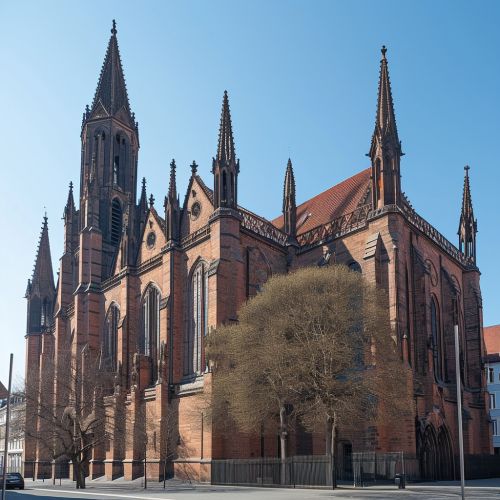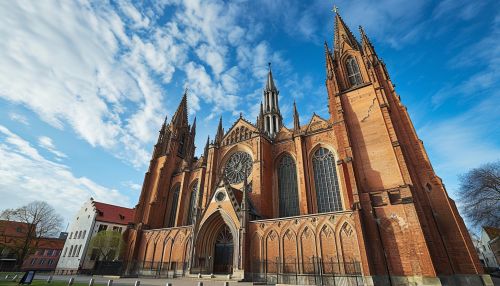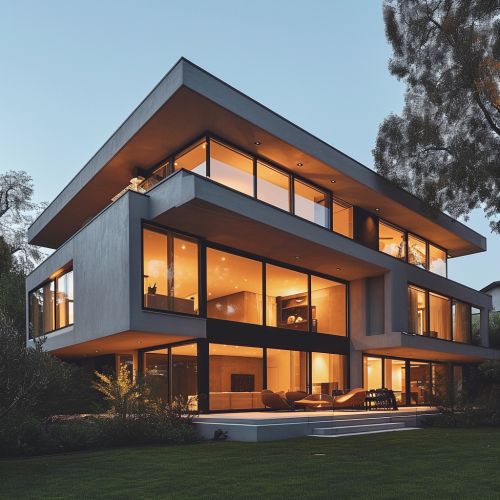Architecture of the Netherlands
Introduction
The architecture in the Netherlands has a rich and diverse history, dating back to the 13th century. The Dutch architectural style is characterized by its innovative use of materials, functional design, and attention to detail. This article delves into the various architectural periods, styles, and significant buildings that have shaped the Dutch architectural landscape.
Medieval Architecture
The period of Medieval architecture in the Netherlands, spanning from the 13th to the 15th century, was marked by the construction of fortresses, castles, and churches. The most notable feature of this period is the use of brick, a material that was readily available in the region. The St. John's Cathedral in 's-Hertogenbosch is a prime example of the Gothic style that dominated this period.


Renaissance Architecture
The Renaissance period in the Netherlands (16th century) saw a shift from the Gothic style to a more balanced and symmetrical design. Inspired by the architectural developments in Italy, Dutch architects started incorporating classical elements such as columns, pediments, and domes into their designs. The Mauritshuis in The Hague, designed by Jacob van Campen, is a prime example of Dutch Renaissance architecture.
Baroque Architecture
The Baroque period (17th century) in Dutch architecture is also known as the Dutch Golden Age. This period is characterized by grandeur and opulence, with buildings featuring elaborate ornamentation and a strong emphasis on symmetry. The Royal Palace of Amsterdam, originally built as a city hall, is a notable example of Dutch Baroque architecture.
Neoclassical Architecture
The Neoclassical period (18th century) in the Netherlands was marked by a return to the principles of Greek and Roman architecture. Buildings from this period are characterized by their simplicity, symmetry, and grandeur. The Felix Meritis building in Amsterdam, designed by Jacob Otten Husly, is a prime example of Dutch Neoclassical architecture.
Modern and Contemporary Architecture
The Modern and Contemporary periods in Dutch architecture (20th and 21st centuries) have been marked by innovation and a break from traditional architectural norms. Dutch architects have been at the forefront of architectural movements such as De Stijl, the Amsterdam School, and Structuralism. The Rietveld Schröder House in Utrecht, designed by Gerrit Rietveld, is a prime example of De Stijl architecture.

Conclusion
The architecture of the Netherlands is a reflection of the country's history, culture, and innovative spirit. From the medieval fortresses and churches to the modern and contemporary designs, Dutch architecture continues to inspire and influence architectural practices around the world.
